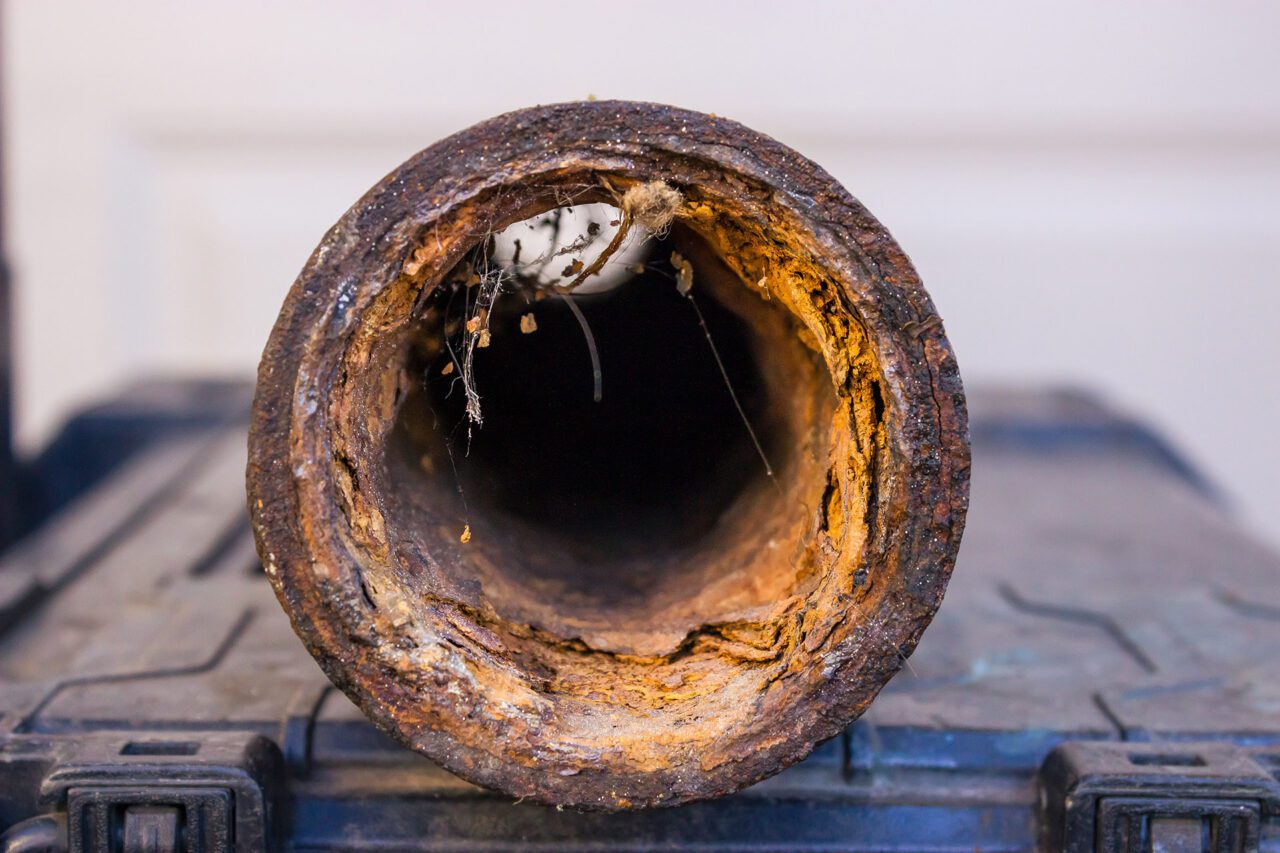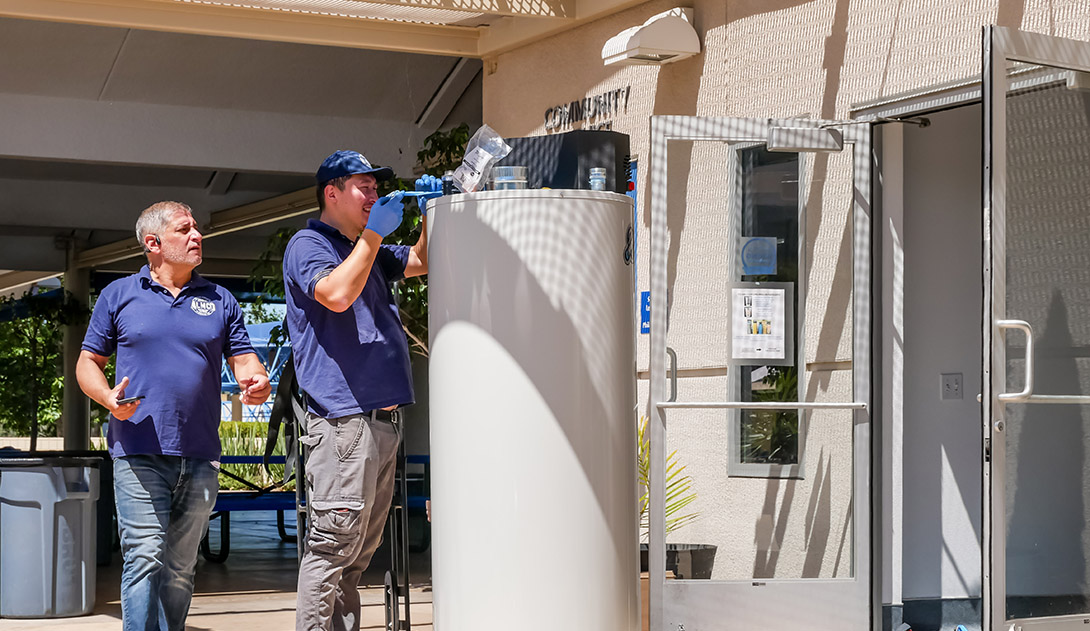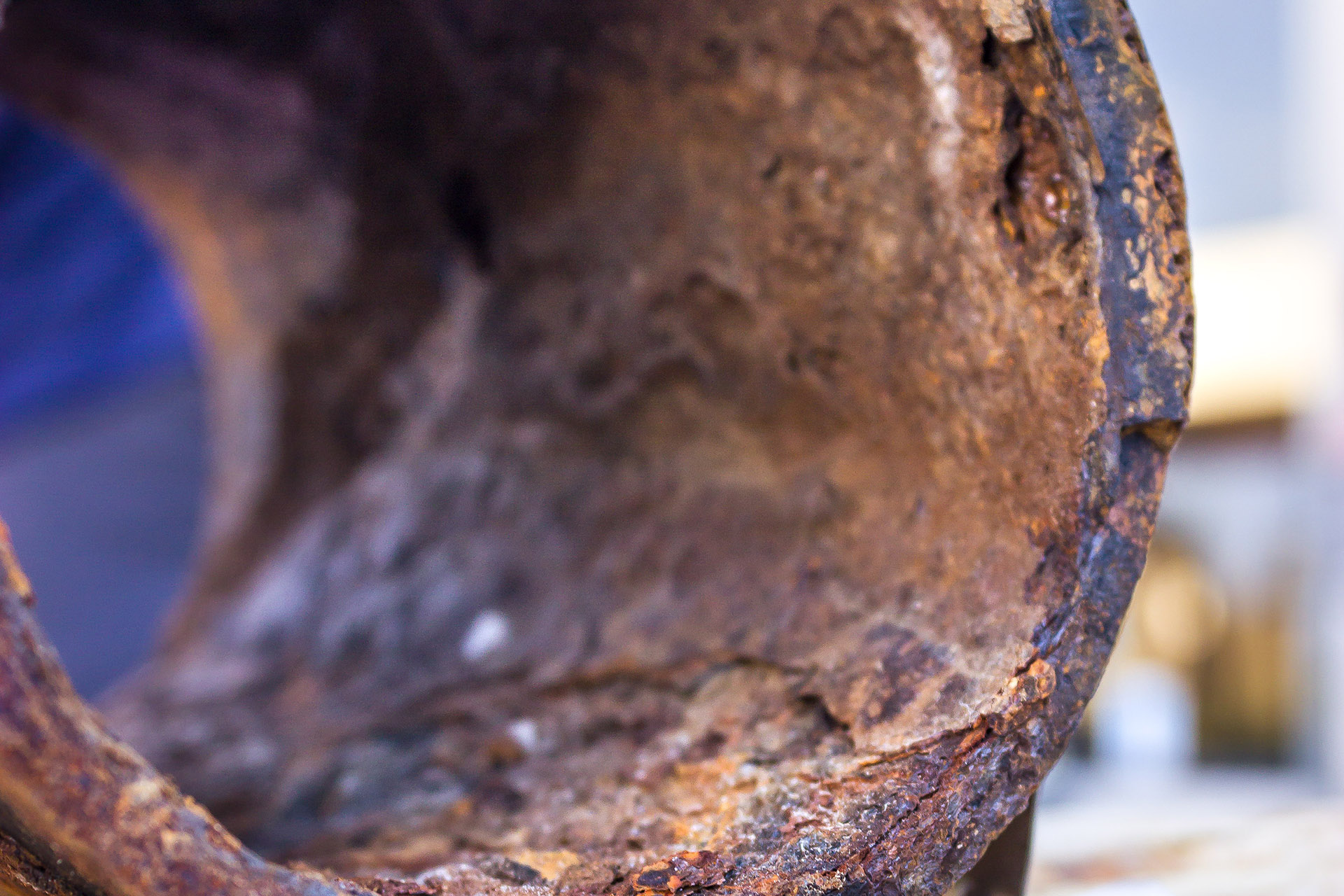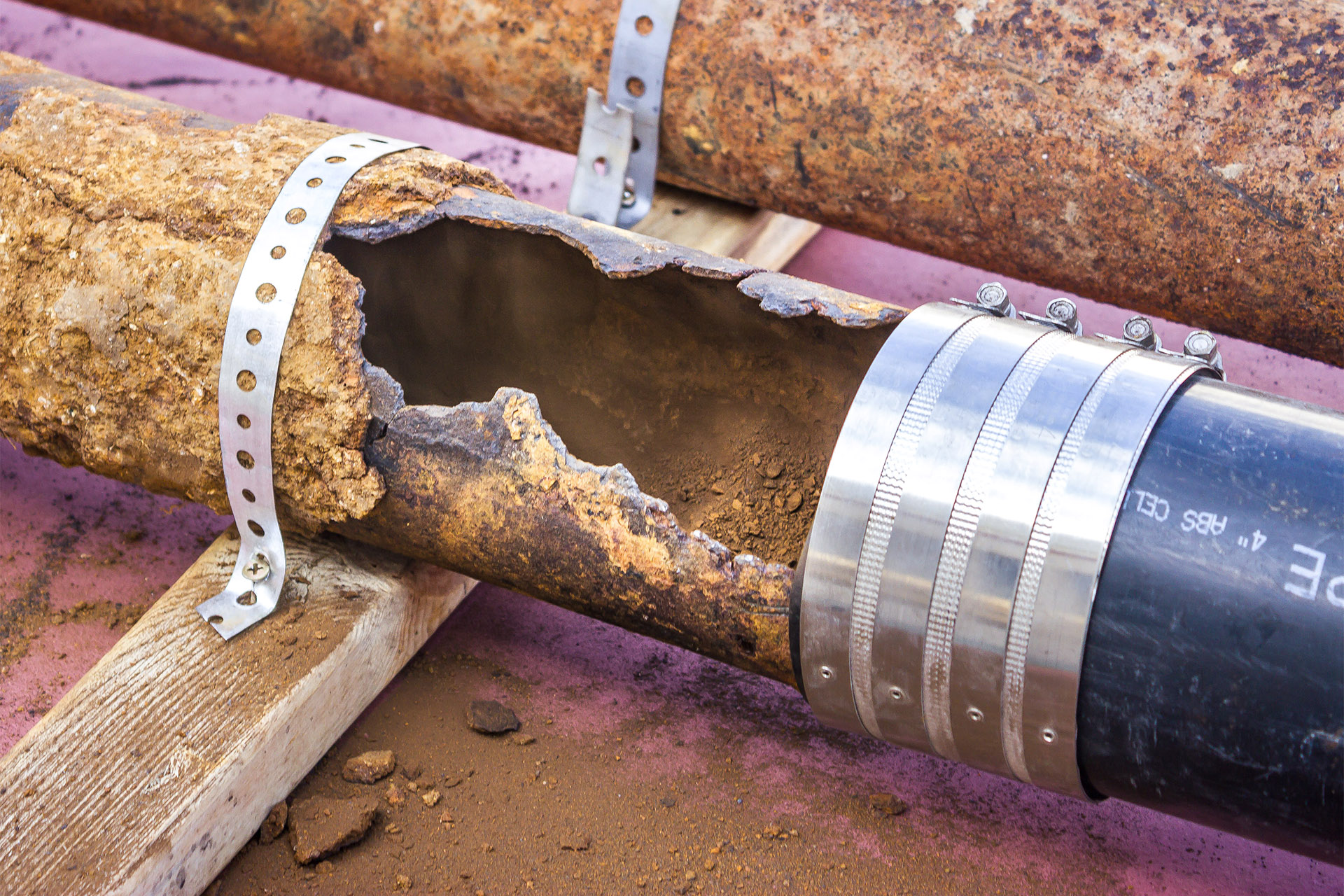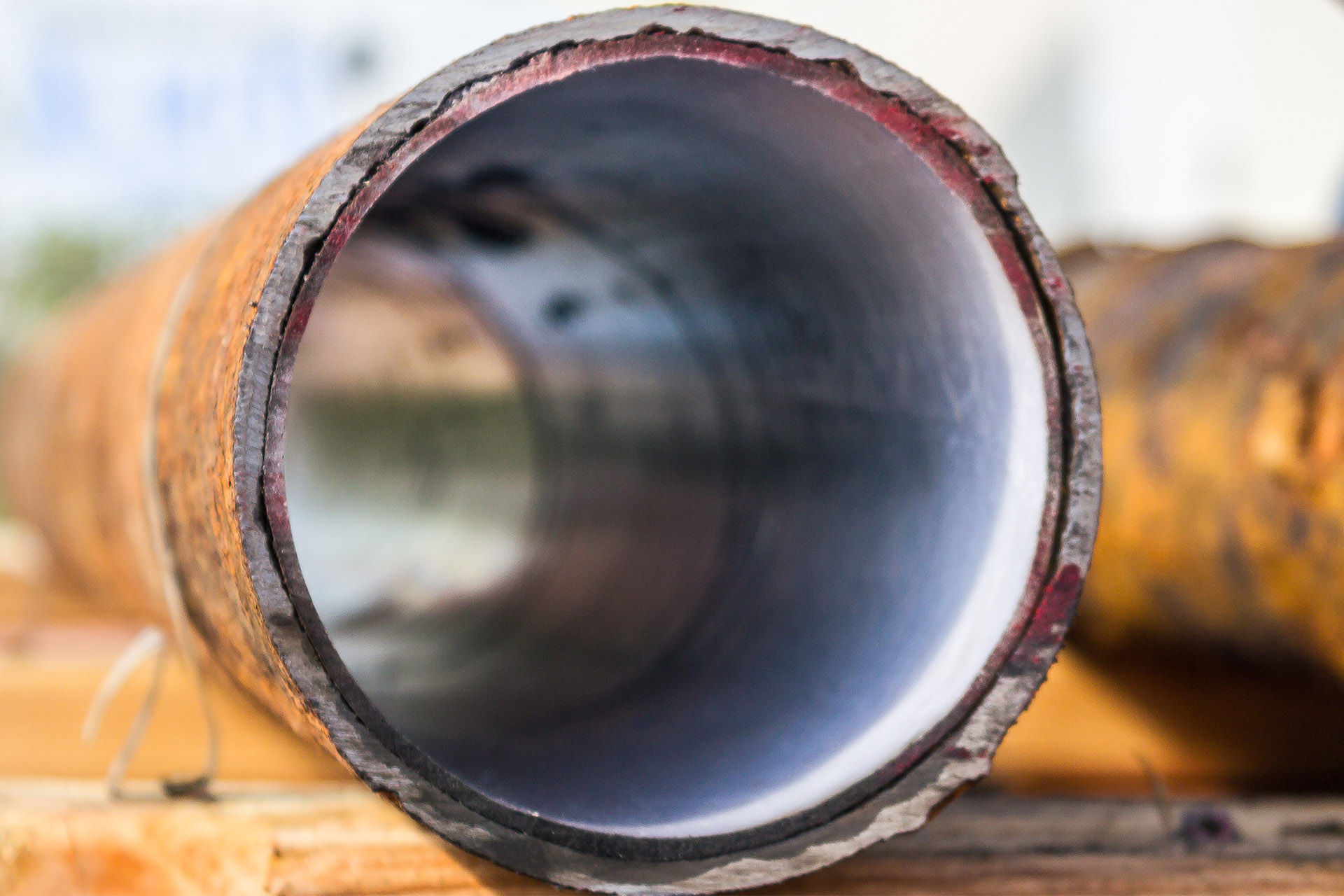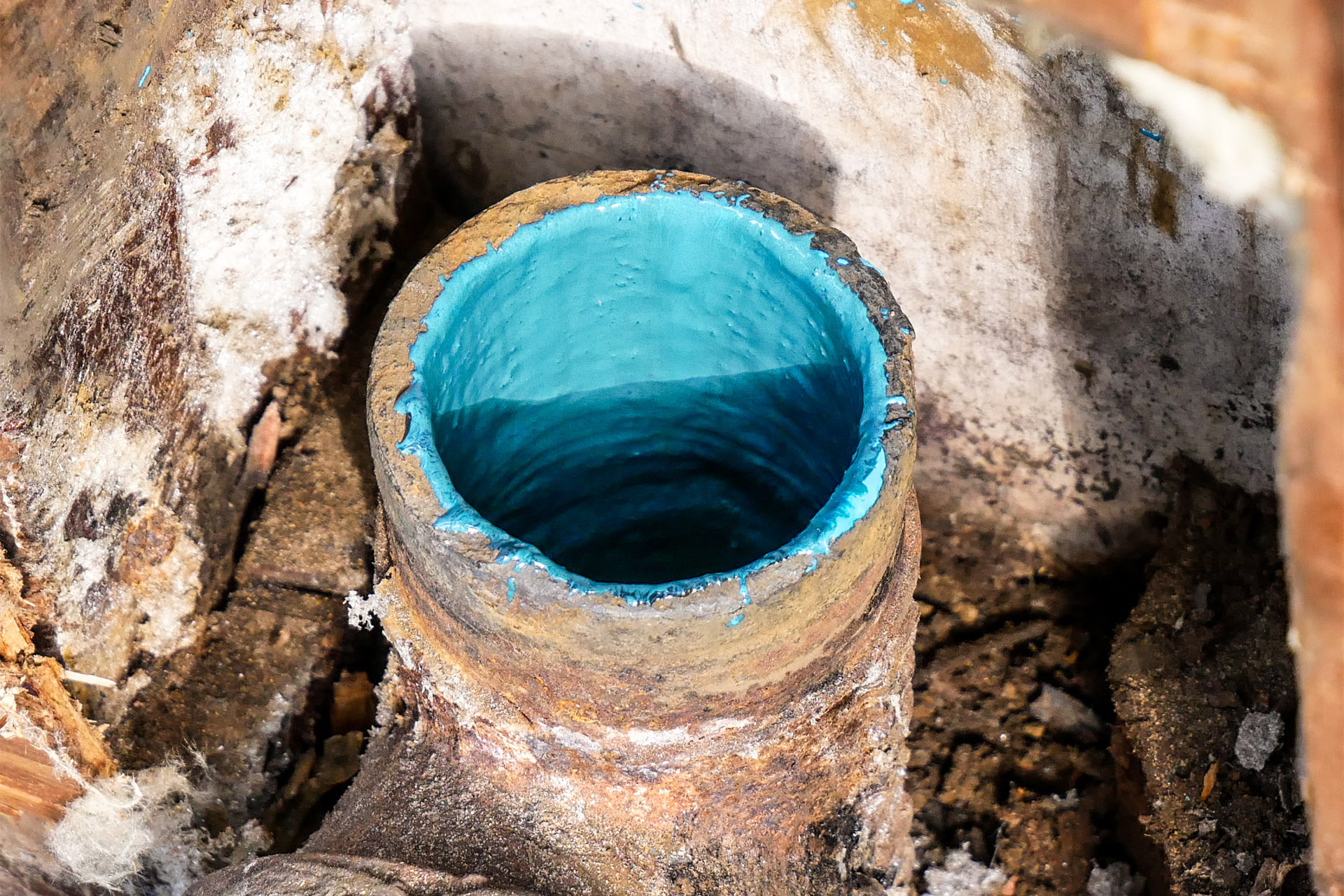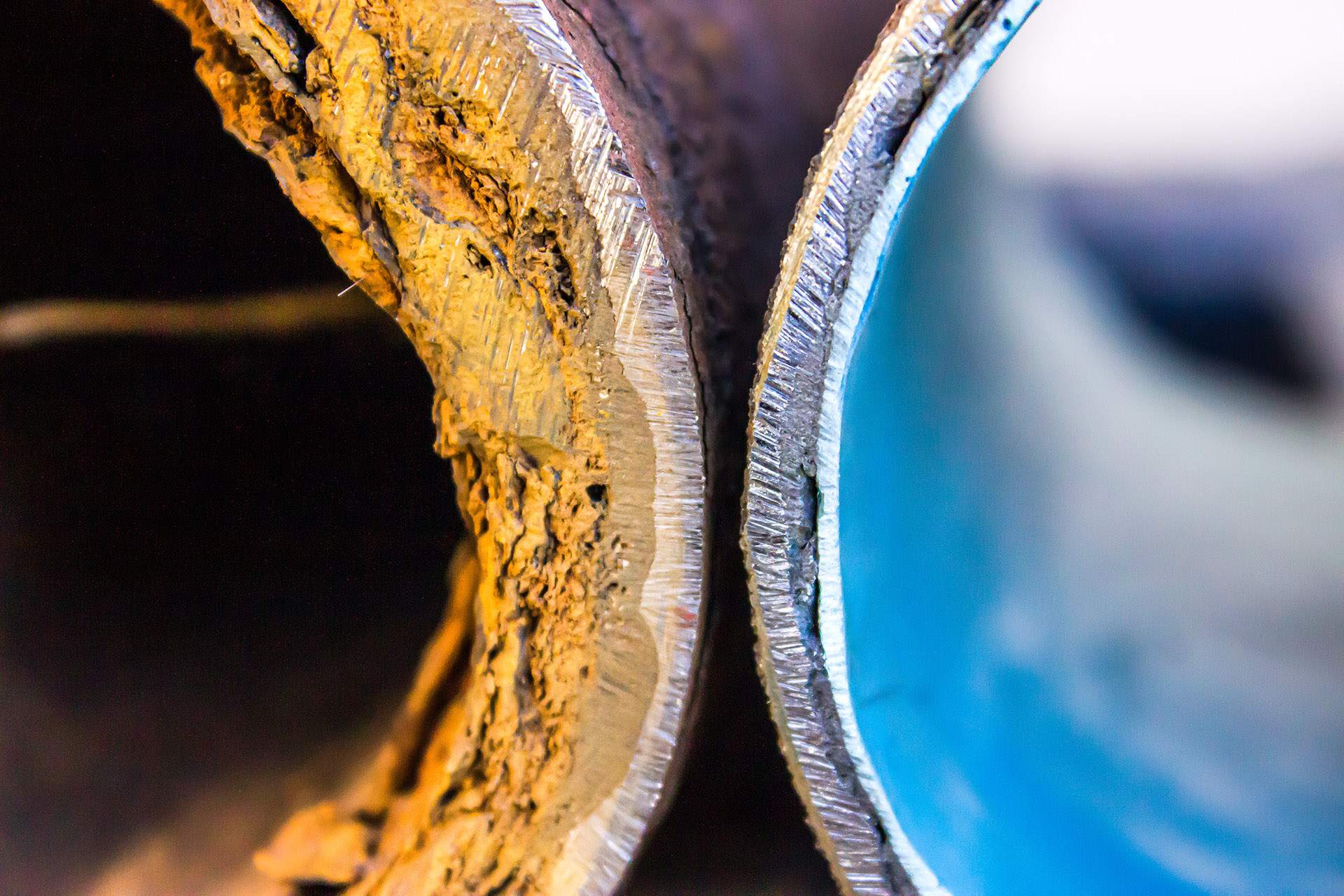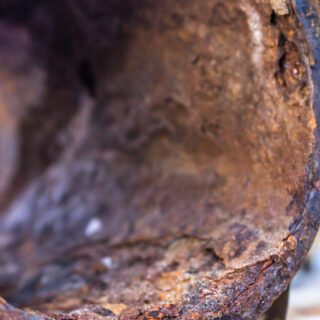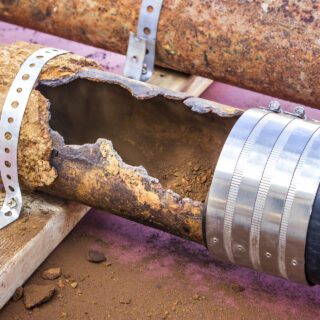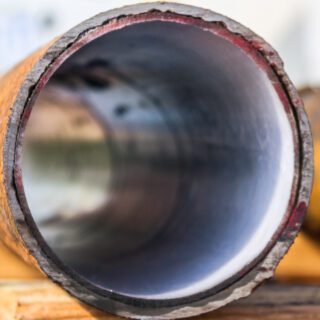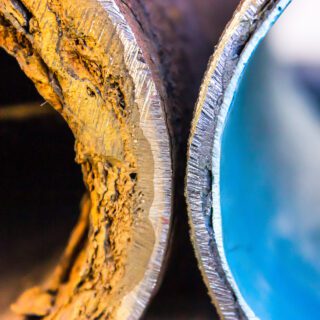Hello world!
To avoid being left without a working sewer at the worst possible time, we recommend calling the professionals at the first sign of a problem. Here are the most common signs that your home’s sewer pipes need to be checked.
Causes of sewer line damage in San Diego CA
Foreign objects and debris in the pipes
Corrosion
Tree Roots
How to detect sewer damage
How to detect sewer damage
Draining problems
Bad-smelling yards
Mold on walls and floors
Now that you’ve taken the necessary safety precautions, it’s time to address the immediate issue. Here are the steps to take when you discover your water heater leaking from the bottom
Now that you’ve taken the necessary safety precautions, it’s time to address the immediate issue. Here are the steps to take when you discover your water heater leaking from the bottom
Now that you’ve taken the necessary safety precautions, it’s time to address the immediate issue. Here are the steps to take when you discover your water heater leaking from the bottom
Now that you’ve taken the necessary safety precautions, it’s time to address the immediate issue. Here are the steps to take when you discover your water heater leaking from the bottom
Now that you’ve taken the necessary safety precautions, it’s time to address the immediate issue. Here are the steps to take when you discover your water heater leaking from the bottom
Now that you’ve taken the necessary safety precautions, it’s time to address the immediate issue. Here are the steps to take when you discover your water heater leaking from the bottom
Now that you’ve taken the necessary safety precautions, it’s time to address the immediate issue. Here are the steps to take when you discover your water heater leaking from the bottom
Now that you’ve taken the necessary safety precautions, it’s time to address the immediate issue. Here are the steps to take when you discover your water heater leaking from the bottom
Now that you’ve taken the necessary safety precautions, it’s time to address the immediate issue. Here are the steps to take when you discover your water heater leaking from the bottom
Now that you’ve taken the necessary safety precautions, it’s time to address the immediate issue. Here are the steps to take when you discover your water heater leaking from the bottom
Now that you’ve taken the necessary safety precautions, it’s time to address the immediate issue. Here are the steps to take when you discover your water heater leaking from the bottom
Now that you’ve taken the necessary safety precautions, it’s time to address the immediate issue. Here are the steps to take when you discover your water heater leaking from the bottom
If you notice any of these warning signs:
- Turn off the gas at the gas meter (if you are able to).
- Call SDG&E or the local gas company (note: they do not repair the leak; they will turn off the gas at the meter and lock it, and they may recommend calling a licensed plumber).
- Call a licensed plumbing professional, such as Almco Plumbing, to inspect and repair your gas lines.
- If you cannot turn off the gas, immediately leave the area (if you suspect a major leak) and contact the gas service company or a local plumber.
- Until the professional arrives, avoid using electronic devices or open flames as they may ignite the gas.
Watch for these signs and act immediately to prevent serious hazards and ensure the safety of your property and its occupants.
Get 5%
OffSchedule Your Plumbing Service & Get 5% Off!
Answer these questions to help us understand what you need, and enjoy 5% off when you book online!
Schedule Your Plumbing Service & Get 5% Off!
Answer these questions to help us understand what you need, and enjoy 5% off when you book online!
-
The first step is to assess the condition of the inside walls of the pipe with a CCTV camera. This allows the plumber to find any hidden damage to the sewer lines, and to assess the extent and options for repairing these problems.
-
The first step is to assess the condition of the inside walls of the pipe with a CCTV camera. This allows the plumber to find any hidden damage to the sewer lines, and to assess the extent and options for repairing these problems.
-
The first step is to assess the condition of the inside walls of the pipe with a CCTV camera. This allows the plumber to find any hidden damage to the sewer lines, and to assess the extent and options for repairing these problems.
-
The first step is to assess the condition of the inside walls of the pipe with a CCTV camera. This allows the plumber to find any hidden damage to the sewer lines, and to assess the extent and options for repairing these problems.
- Camera Inspection. The first step is to assess the condition of the inside walls of the pipe with a CCTV camera. This allows the plumber to find any hidden damage to the sewer lines, to assess the extent and options for repairing these problems.
- Descaling. This stage prepares the inside of the pipes for epoxy coating by thoroughly cleaning them. The professionals at Almco Plumbing in San Diego recommend sewer cleaning with a carbide chain. This is a simple and risk-free way to remove clogs inside worn sewer pipes and restore them to their original size. Our efficient equipment not only cuts through clogs but also removes debris, grease, and other waste that has accumulated in the sewer or drain laterals. Almco Plumbing does not recommend the use of hydro jets because there is a high risk of pipe collapse.
- Epoxy Lining Process. The immediate process of epoxy lining is to coat the inside of the old pipe, which has been cleaned of corrosion and other debris, with layers of epoxy resin. The coating is made mechanically or, very rarely, by hand. Depending on the condition of the original pipe, 2-3 layers of epoxy may be applied. But even with many layers, the total thickness of the coating does not exceed about a tenth of ⅜”.
- Final Inspection. This is the final part of the process, where the technician uses a camera to carefully inspect the quality of the applied coating and all pipe branches. Only when our technician is satisfied that everything is working as it should, without hitches or problems, and the system’s flow capacity has been restored is the job considered complete.
- Camera Inspection. The first step is to assess the condition of the inside walls of the pipe with a CCTV camera. This allows the plumber to find any hidden damage to the sewer lines, to assess the extent and options for repairing these problems.
- Descaling. This stage prepares the inside of the pipes for epoxy coating by thoroughly cleaning them. The professionals at Almco Plumbing in San Diego recommend sewer cleaning with a carbide chain. This is a simple and risk-free way to remove clogs inside worn sewer pipes and restore them to their original size. Our efficient equipment not only cuts through clogs but also removes debris, grease, and other waste that has accumulated in the sewer or drain laterals. Almco Plumbing does not recommend the use of hydro jets because there is a high risk of pipe collapse.
- Epoxy Lining Process. The immediate process of epoxy lining is to coat the inside of the old pipe, which has been cleaned of corrosion and other debris, with layers of epoxy resin. The coating is made mechanically or, very rarely, by hand. Depending on the condition of the original pipe, 2-3 layers of epoxy may be applied. But even with many layers, the total thickness of the coating does not exceed about a tenth of ⅜”.
- Final Inspection. This is the final part of the process, where the technician uses a camera to carefully inspect the quality of the applied coating and all pipe branches. Only when our technician is satisfied that everything is working as it should, without hitches or problems, and the system’s flow capacity has been restored is the job considered complete.
- Camera Inspection. The first step is to assess the condition of the inside walls of the pipe with a CCTV camera. This allows the plumber to find any hidden damage to the sewer lines, to assess the extent and options for repairing these problems.
- Descaling. This stage prepares the inside of the pipes for epoxy coating by thoroughly cleaning them. The professionals at Almco Plumbing in San Diego recommend sewer cleaning with a carbide chain. This is a simple and risk-free way to remove clogs inside worn sewer pipes and restore them to their original size. Our efficient equipment not only cuts through clogs but also removes debris, grease, and other waste that has accumulated in the sewer or drain laterals. Almco Plumbing does not recommend the use of hydro jets because there is a high risk of pipe collapse.
- Epoxy Lining Process. The immediate process of epoxy lining is to coat the inside of the old pipe, which has been cleaned of corrosion and other debris, with layers of epoxy resin. The coating is made mechanically or, very rarely, by hand. Depending on the condition of the original pipe, 2-3 layers of epoxy may be applied. But even with many layers, the total thickness of the coating does not exceed about a tenth of ⅜”.
- Final Inspection. This is the final part of the process, where the technician uses a camera to carefully inspect the quality of the applied coating and all pipe branches. Only when our technician is satisfied that everything is working as it should, without hitches or problems, and the system’s flow capacity has been restored is the job considered complete.
